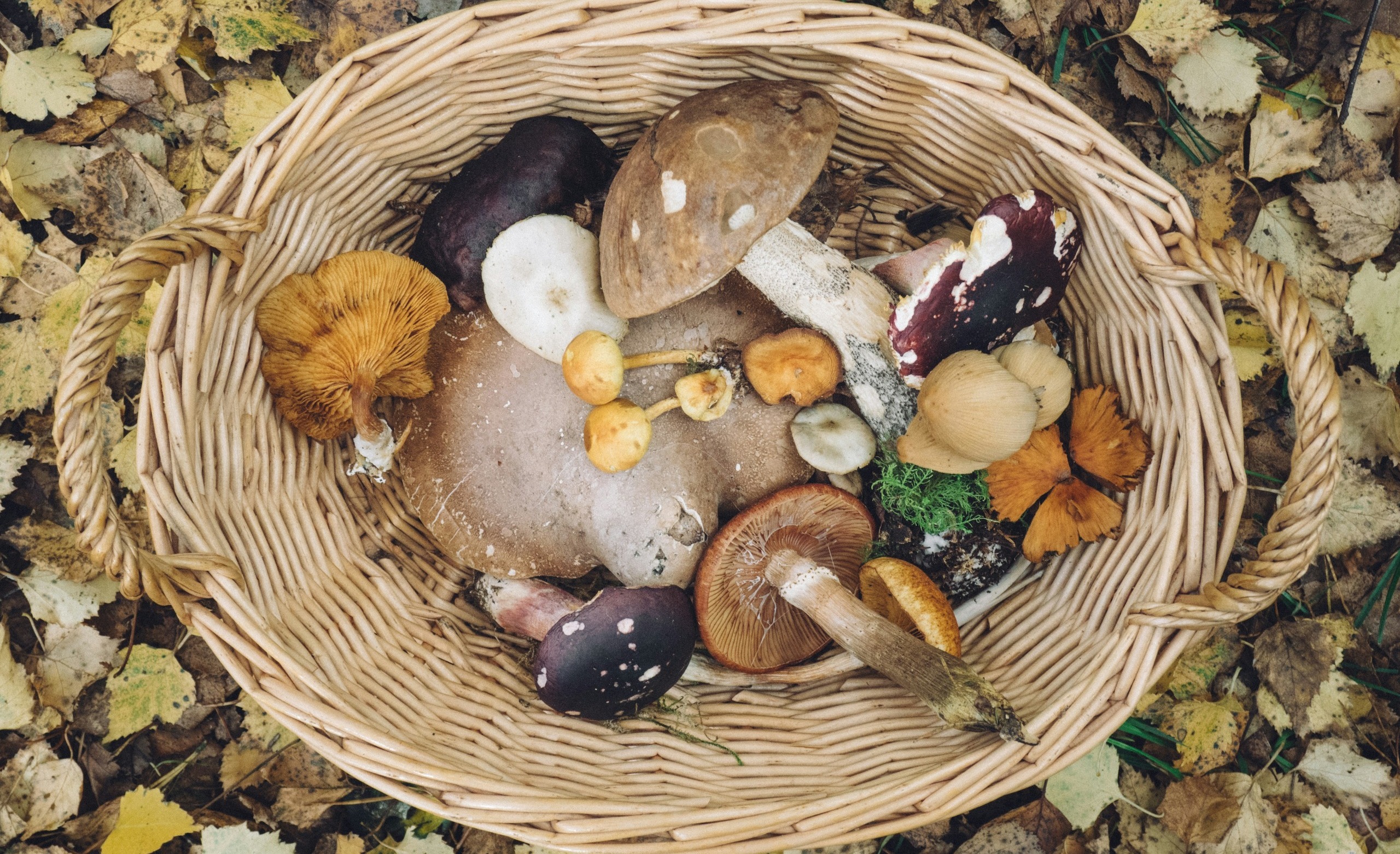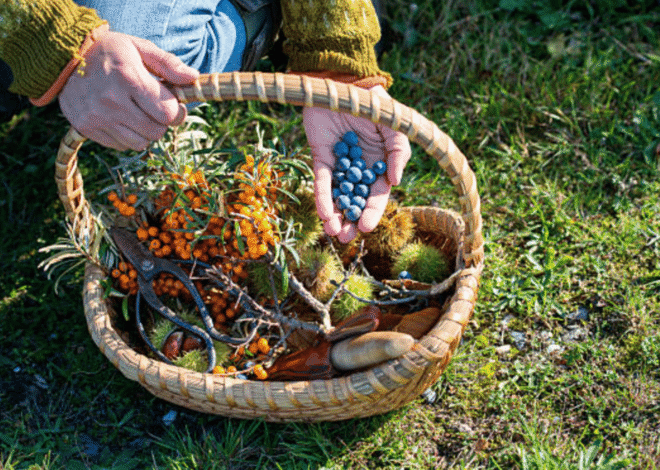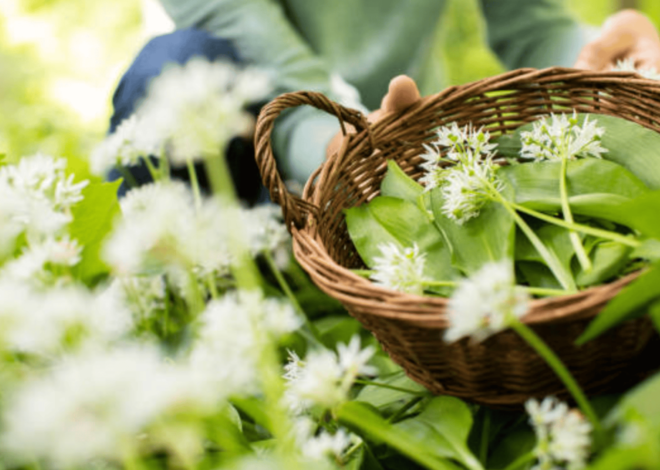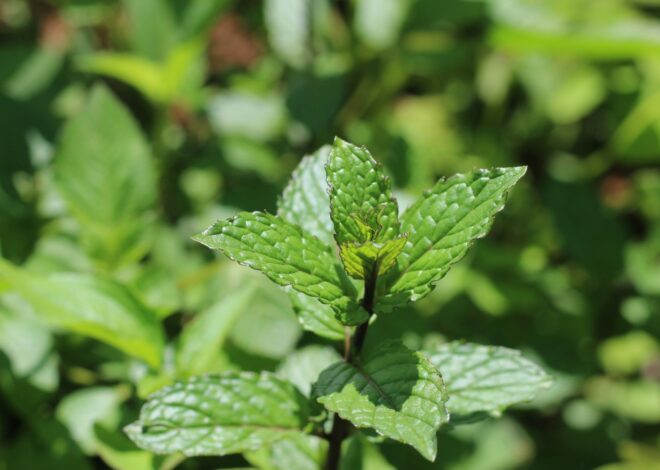
How To Cook Foraged Foods
Welcome to our tasty guide on how to cook foraged foods. Foraging has taken the culinary world by storm, inviting adventurous eaters to step outside their kitchens and into the great outdoors. Imagine wandering through a sun-dappled forest or along a lush riverbank, your senses heightened as you seek out nature’s hidden treasures.
From wild mushrooms and edible flowers to tangy berries and nutritious greens, foraged foods offer flavors that supermarket produce simply can’t match. Cooking with these ingredients not only enhances your meals but also connects you deeply with nature.
It’s an experience that enriches both body and spirit. If you’re curious about how to cook foraged foods, you’ve landed in the right place! Let’s embark on this flavorful journey together—where every dish tells a story of land, season, and discovery.
Benefits of Cooking Foraged Foods
Cooking foraged foods opens the door to a world of unique flavors and textures. Unlike store-bought ingredients, these wild edibles often offer vibrant tastes that can elevate your meals. Foraged ingredients are also seasonal. This means they encourage you to embrace what’s available in nature at different times of the year.
Each season brings its own bounty, leading to fresh culinary adventures. Moreover, cooking with foraged foods fosters a deeper connection with nature. It invites mindfulness into your kitchen as you appreciate where each ingredient comes from. Nutritionally, many foraged items pack a punch.
They may contain higher levels of vitamins and minerals compared to cultivated counterparts, making them both delicious and healthy options. Incorporating foraged foods supports local ecosystems. By choosing wild edibles over imported ones, you contribute positively to the environment around you while enjoying what it has to offer.
Safety Guidelines for Foraging
Safety should always come first when foraging. Knowing which plants and fungi are edible is crucial. Misidentifying can lead to serious health issues. Start by researching local flora before heading out. Field guides, apps, or online resources are great tools for learning about wild edibles in your area.
Avoid foraging near roadsides where pollutants may contaminate plants. Stick to clean, natural environments like forests and fields. Be cautious of look-alikes; many edible species have toxic counterparts. Always double-check with multiple sources if you’re unsure about a plant’s identity.
If you’re new to foraging, consider joining a guided tour or workshop. It’s an excellent way to learn from experienced foragers while ensuring your safety. Practice moderation—only take what you need and leave enough behind for wildlife and future growth.
Essential Tools for Foraging and Cooking
When heading out to forage, having the right tools can make a big difference. A sturdy basket or bag is essential for collecting your finds. It should allow air circulation to keep delicate herbs and mushrooms fresh. A good pair of gloves protects your hands from thorny plants and keeps you safe while handling unfamiliar species.
Consider bringing along a small knife for cutting and preparing items on-site. A field guide is invaluable for identifying edible plants. Choose one that’s specific to your region to ensure accuracy. Don’t forget about water! Staying hydrated helps maintain focus during long foraging trips.
Once home, have some basic cooking tools ready—sharp knives, cutting boards, and pots or pans will help transform your bounty into delicious meals. Each tool plays its part in celebrating the beauty of foraged foods through preparation and cooking.
Preparing Foraged Foods
Once you’ve gathered your foraged treasures, the next step is preparation. Start by inspecting each item carefully. Look for any signs of pests or decay; only the freshest ingredients will do. Washing is crucial. Rinse your finds under cool water to remove dirt and insects.
For leafy greens like wild garlic or dandelion, a gentle soak can be helpful to dislodge hidden grit. Next, think about how you want to use these ingredients. Some may require chopping or slicing, while others might lend themselves well to whole preparations in dishes.
Don’t forget about drying herbs or mushrooms if you’ve collected more than you need at once—this preserves their flavors for future cooking adventures. Experiment with different textures by sautéing some items while using others fresh in salads or garnishes; this variety adds depth to your meals.
Cooking Foraged Foods
Cooking foraged foods opens up a world of flavor and creativity. It invites you to connect with nature while expanding your culinary repertoire. Each seasonal ingredient brings its unique taste and texture. Think wild mushrooms, tender greens, or fragrant herbs. The possibilities are endless.
When preparing these ingredients, remember that simplicity often highlights their natural beauty. A gentle sauté in olive oil can elevate the flavors without overpowering them. Experimentation is key. Infuse wild garlic into creamy risotto or toss fresh dandelion greens into a vibrant salad.
Each dish becomes an adventure on your plate. Don’t forget about presentation; foraged foods look stunning when artfully arranged. Garnish with edible flowers or bright berries to add color and intrigue. Embrace the process of discovery as you explore how to cook foraged foods—it’s not just about nourishment but also enjoying every bite from nature’s bounty!
Delicious Recipes using Foraged Ingredients
Foraged ingredients add a unique twist to any dish. Imagine wild garlic pesto, vibrant and aromatic. Blend fresh leaves with nuts, olive oil, and Parmesan for a delightful spread. Consider incorporating dandelion greens into your salads. Their slightly bitter taste pairs well with citrus dressing.
Toss in some berries for added sweetness. Mushrooms are another treasure found in the wild. Sauté chanterelles or morels with butter and herbs for an earthy side dish that elevates any meal. Looking for something sweet? Try making elderflower cordial!
Infuse the blossoms in sugar syrup and serve it cold on sunny days. Wild blueberries can be turned into jam or simply enjoyed fresh as a snack. The burst of flavor is unmatched by store-bought varieties. Each recipe invites you to explore nature’s pantry while savoring its bounty at home.
Where to Find Foraged Foods
Foraging can be an adventure waiting just outside your door. Start with local parks, forests, and nature trails. These areas often house a variety of wild plants and mushrooms. Look for meadows filled with clover or dandelions. You might discover edible flowers that add flair to any dish.
Streams and riverbanks are great spots for watercress and other aquatic greens. Don’t overlook urban environments! Many cities have hidden gems in vacant lots or community gardens. Even sidewalks may yield surprises like purslane.
Always keep your eyes peeled during hikes as well; many berries grow along paths untouched by human hands. Joining local foraging groups can also help you learn where to go safely while connecting with others who share your passion for nature’s bounty.
Sustainable Foraging Practices
Sustainable foraging practices are essential for preserving the delicate balance of our ecosystems. When you forage, it’s crucial to take only what you need. This ensures that plants can continue to thrive and regenerate. Always be aware of your surroundings. Avoid overharvesting from a single location.
A good rule is to take no more than 10% of any given patch, allowing others to benefit as well. Educating yourself about local species is key. Understanding which plants can coexist harmoniously helps maintain biodiversity in the area. Seasonality matters too; gather only during appropriate times when plants are abundant and healthy.
Leave no trace behind by cleaning up after yourself and respecting wildlife habitats. Sustainable foraging not only benefits the environment but also enriches your culinary adventures with fresh ingredients straight from nature’s pantry.
Conclusion: Cooking Foraged Foods
Cooking foraged foods can be an enriching experience that connects you to nature in a unique way. The flavors and textures of these wild ingredients often surpass anything found at the grocery store. As we explore this exciting culinary journey, remember to prioritize safety by identifying plants accurately and adhering to local regulations.
With essential tools, easy preparation methods, and a variety of delicious recipes at your fingertips, foraging opens up new possibilities in the kitchen. Embracing sustainable practices ensures that our natural resources remain abundant for future generations.
Whether you’re making a simple salad with dandelion greens or crafting an elaborate dish featuring wild mushrooms, each meal becomes a celebration of nature’s bounty. The joy of cooking with foraged foods lies not just in the taste but also in the stories behind each ingredient—stories waiting to be shared around your dinner table.
Dive into this adventure and discover how vibrant and satisfying meals can come directly from your surroundings!



